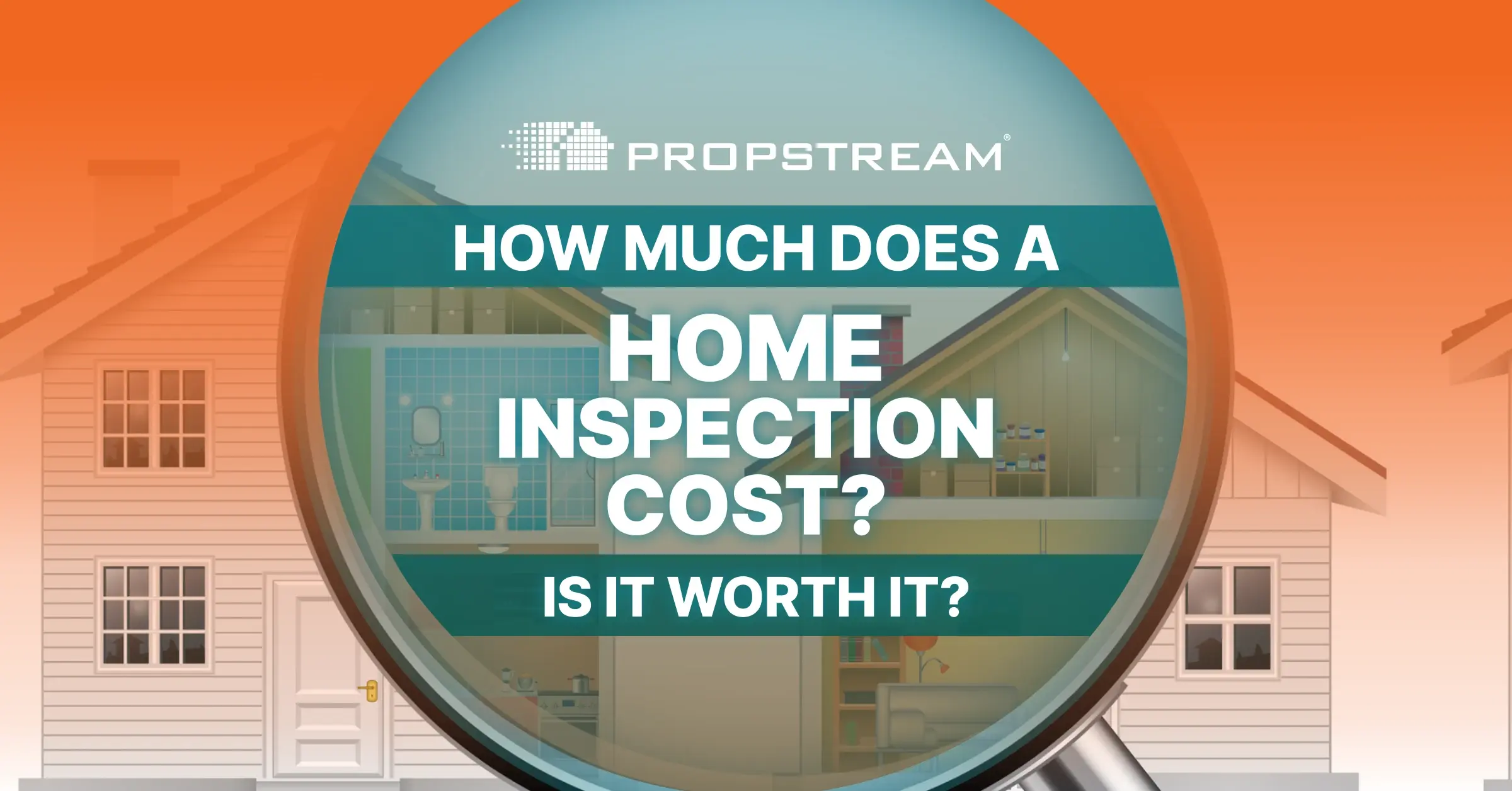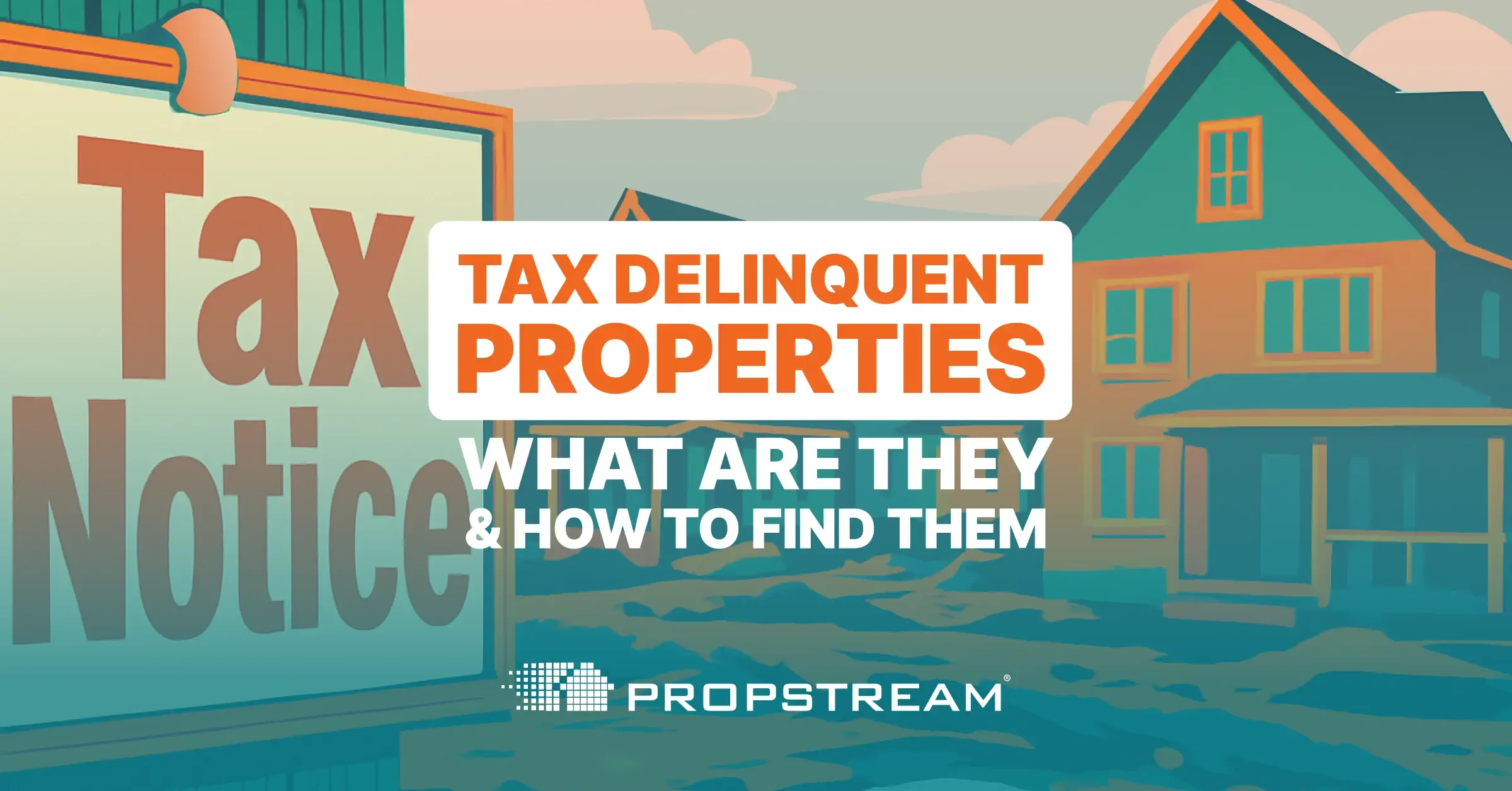Disclaimer: PropStream does not offer investing or tax advice or make profit promises. This article is for educational purposes only. We recommend doing your due diligence and/or consulting financial professionals before investing in short-term, mid-term, or long-term rentals.
|
Key Takeaways:
|
As a rental investor, one of your first choices is whether to list your property as a long-term, mid-term, or short-term rental.
Each rental type has pros and cons and unique factors to consider. In this article, we’ll lay out what they are so you can make a more informed investment decision.
Table of Contents |
What Are Long-Term, Short-Term, and Mid-Term Rentals?
.png?width=730&height=486&name=downpaymentcalculation%20(2).png)
Let’s start with a look at each investment strategy:
Long-Term Rental
A long-term rental is a property leased to tenants for 12 months or more at a time. It provides stable housing for renters and a steady income for landlords. It’s also the most common type of residential rental in the U.S., with renter-occupied homes reaching an all-time high of nearly 45 million in 2023.
Short-Term Rental
A short-term rental (STR) houses guests who stay no more than 30 days. Because they cater to travelers, STRs are also often called “vacation rentals.” They’ve become increasingly popular with the rise of STR marketplaces like Airbnb and VRBO.
Mid-Term Rental
Mid-term rentals bridge the gap between long- and short-term rentals by housing tenants for 1-11 months (though usually no more than 6 months). This is the least common rental type but is popular among students, traveling nurses, and remote workers who travel while working.
Tenant Turnover
Now that you know what long-, short-, and mid-term rentals are, let’s dive into their differences, starting with tenant turnover rates.
Long-Term Rental
Long-term rentals tend to see the least turnover, with most tenants staying for at least a year and often longer. On the flip side, when a tenant does leave, replacing them tends to take longer, leading to longer vacancies on average. In Q3 2024, the U.S. rental vacancy rate was 6.9%.
Short-Term Rental
Short-term rentals tend to see the most turnover, with tenants typically staying only days at a time. This can lead to frequent but short vacancies, as interested travelers can quickly book STRs on platforms like Airbnb and VRBO.
According to STR analytics platform AirDNA, the national average Airbnb occupancy rate is 54.3%.
Mid-Term Rental
Mid-term rentals tend to see moderate turnover, with tenants moving in and out every few months. This offers landlords relative income stability but enough flexibility to avoid getting stuck with difficult tenants for an entire year.
Property Management Requirements
Property management needs can vary among long-, short-, and mid-term rentals.
Long-Term Rental
Since long-term rentals experience the least turnover, they typically require the least amount of property management—fewer tenants to manage and fewer deep cleans between them.
However, that’s not to say long-term rentals don’t require upkeep. To keep rentals in good condition, landlords must conduct regular inspections, perform routine maintenance, and finance repairs when necessary.
If and when your rental portfolio grows too big to handle on your own (or sooner), consider hiring a property manager. They can handle day-to-day property management tasks on your behalf (for a fee) so you can focus on other parts of your business.
Short-Term Rental
Short-term rentals tend to require the most work. Coordinating stays and cleaning between each guest can quickly become a full-time job. Plus, owners must furnish STRs and ensure they are stocked with towels, bedding, and other necessities.
Of course, you can outsource the work to a property manager specializing in STRs, but they may charge anywhere from 15% to 40% of the property’s rental income.
Mid-Term Rental
Mid-term rentals tend to be less work than STRs but more work than long-term rentals.
For example, tenants are more likely to treat a mid-term rental like their home, resulting in less wear and tear compared to an STR. Furthermore, welcoming new tenants only every few months is much more manageable than every few days.
However, marketing a mid-term rental can be more challenging since fewer platforms cater to this rental type. Additionally, owners must furnish mid-term rentals like they would an STR, resulting in more upfront work.
Revenue Potential
.png?width=1252&height=834&name=revenue%20(1).png)
Of course, different lease lengths can generate various types of revenue streams.
Long-Term Rental
Long-term rentals tend to generate steady rental income, though they may earn less than an equivalent short- or mid-term rental.
For example, a property may earn $1,000 monthly as a long-term rental but $100 (or more) daily as an STR. So long as the STR maintains an occupancy rate over 30% (10 nights per month), it’s making more money.
That said, long-term rentals benefit from more predictable and passive income, which can also make them easier to finance.
Short-Term Rental
Short-term rentals tend to generate the most rental income—especially in popular tourist locations. According to one estimate, STRs can make an average of 30% more annually than long-term rentals.
However, STRs are also subject to the most volatility. Frequent vacancies, seasonal fluctuations, and travel trends can make STR revenue very inconsistent. Plus, some of the revenue gains are offset by the higher property management costs.
Mid-Term Rental
Mid-term rentals generally earn more revenue than long-term rentals but less than STRs. However, it all depends on the market. For example, a college town may attract more demand for mid-term rentals than a suburban area.
Legal and Regulatory Factors
Lease lengths can also impact how a rental is regulated.
Long-Term Rental
Long-term rentals are subject to federal, state, and local housing regulations.
For example, the Fair Housing Act prohibits landlords from discriminating against tenants based on race, color, national origin, religion, sex (including gender identity and sexual orientation), familial status, or disability. Additionally, states may regulate how landlords handle security deposits and eviction processes.
| Pro Tip: Consult a local legal professional to ensure you don’t accidentally violate these laws. |
Short-Term Rental
Short-term rentals are the most heavily regulated rental type due to their potential for more economic, social, and environmental impact.
For instance, some major cities like New York City and San Francisco have banned or severely limited STRs in an attempt to improve long-term housing affordability for locals. Additionally, many cities restrict STRs to certain neighborhoods to contain guest traffic.
Mid-Term Rental
Mid-term rental regulations can vary by state. However, they are generally subject to the same landlord-tenant laws and fair housing regulations as long-term rentals.
That said, compared to STRs, mid-term rentals get less attention from local regulators. In fact, some predict a crackdown on STRs in some cities could drive more demand for mid-term rentals, raising their potential value.
How to Choose the Right Rental Investment Strategy
Choosing between a long-, short-, and mid-term rental strategy often comes down to your financial goals, risk tolerance, property location, and personal preference.
For example, if you own property in a popular vacation destination and want to maximize your ROI, an STR may be the best option. Conversely, if you prefer a passive investment with stable cash flow, a long-term rental may be better.
Carefully consider your options and do your due diligence before making a decision.
Find Your Next Rental Investment Opportunity With PropStream
Whatever rental strategy you pursue, PropStream can help you take it to the next level. Our database of over 160 million properties nationwide and 165+ search filters make it easy to find off-market deals and motivated sellers.
For example, our new PropStream Intelligence feature helps you target properties with higher condition scores so you can convert them to rentals with minimal work. Additionally, you can compare properties in similar conditions for more accurate comps.
Try PropStream for 7 Days FREE!
Sign up today for a free 7-day trial and get 50 leads on us!
Frequently-Asked Questions (FAQs)
How do long-term, mid-term, and short-term rentals differ?
The main difference between long-term, mid-term, and short-term rentals is lease length. Long-term tenants stay for 12 or more months, mid-term tenants stay 1-11 months, and short-term tenants stay up to 30 days.
Are short-term rentals more profitable than long-term rentals?
Generally, yes. However, it depends on the property’s location, condition, management, and other factors.
Can I convert a long-term rental into a short-term rental?
Potentially. First, you must check that STRs are allowed in your location, wait for the lease of the current long-term tenants to expire, and ensure you are prepared for the additional work required by STRs.



